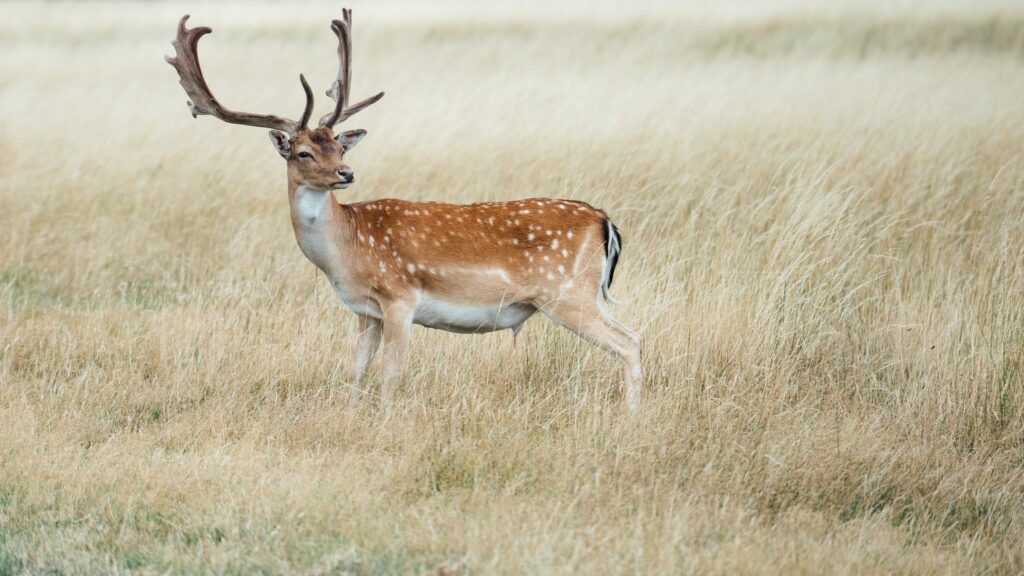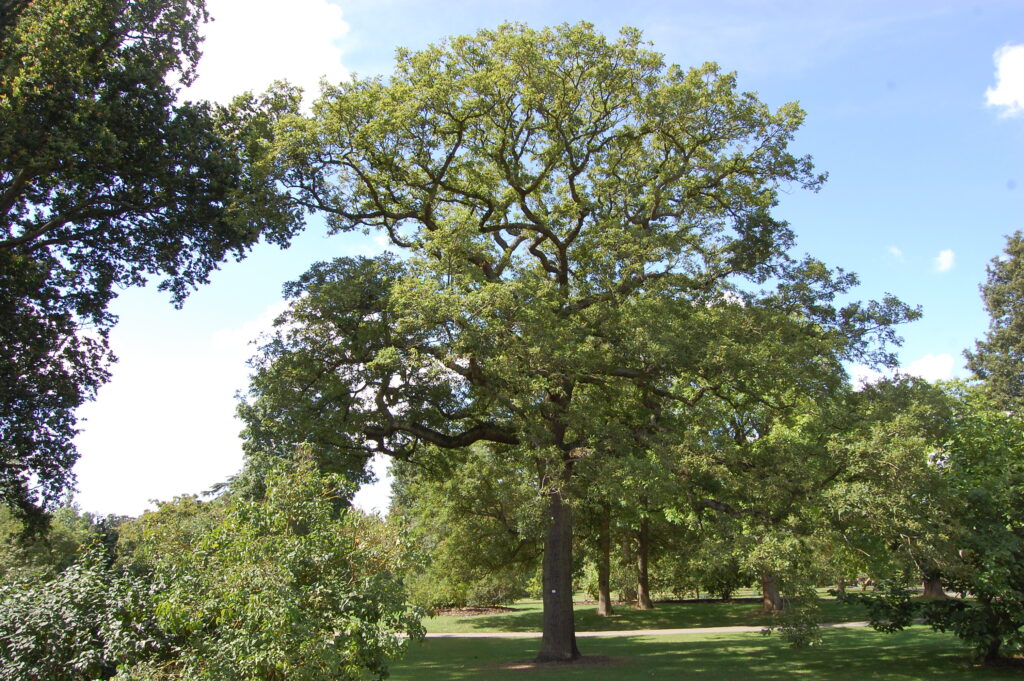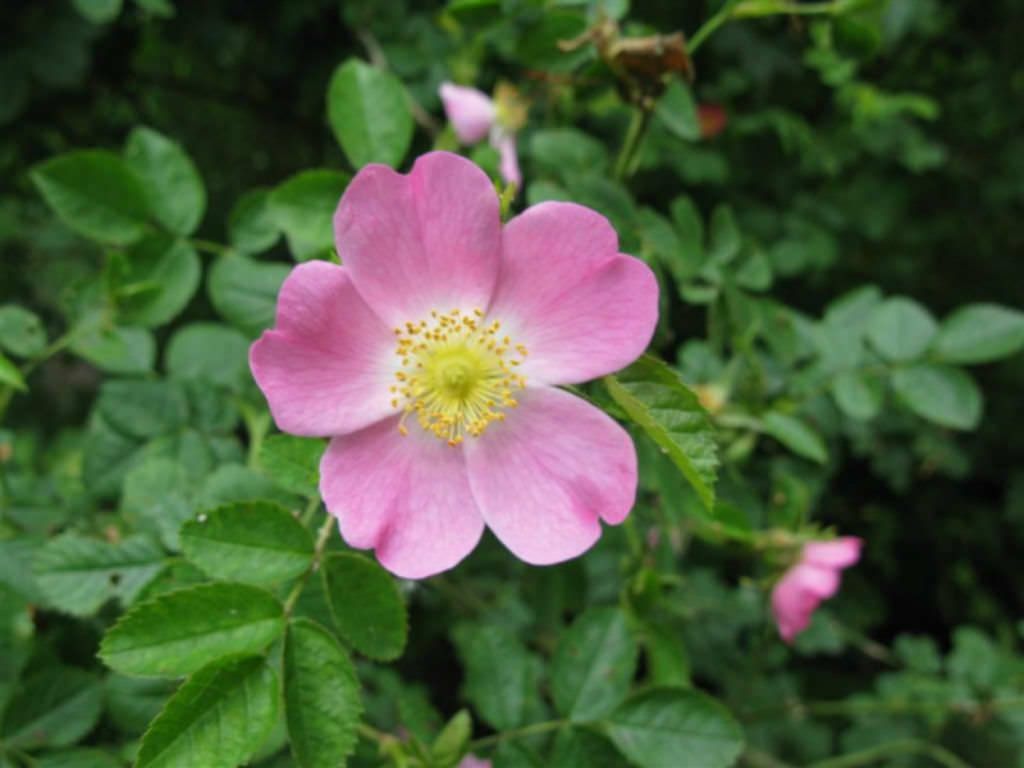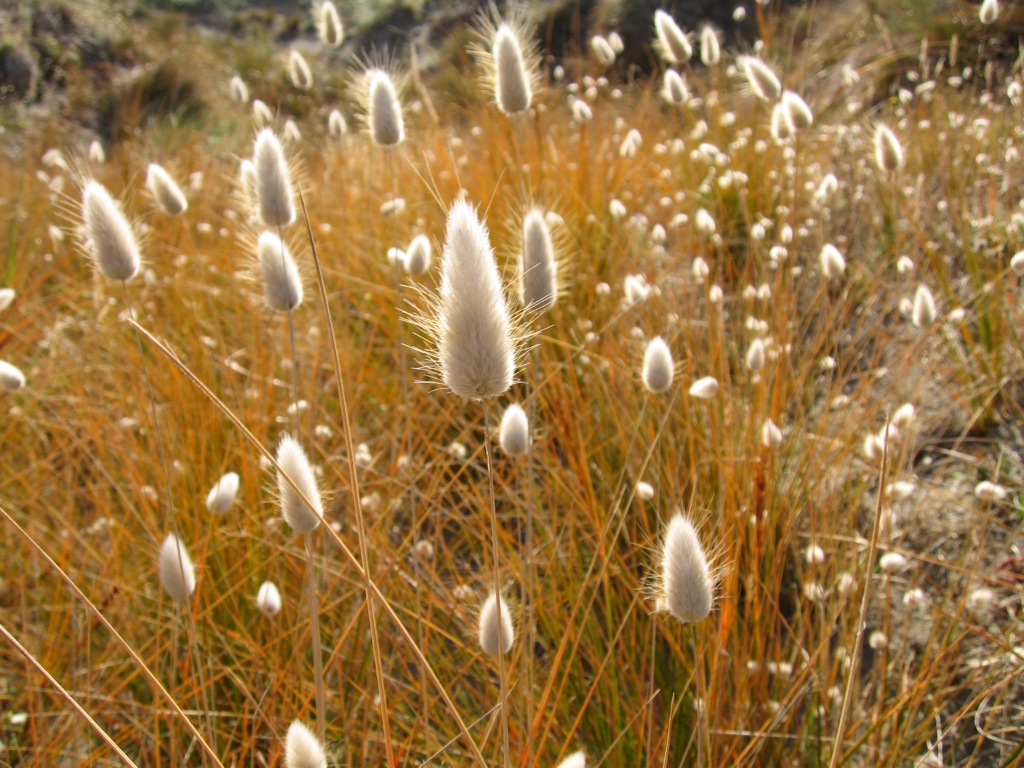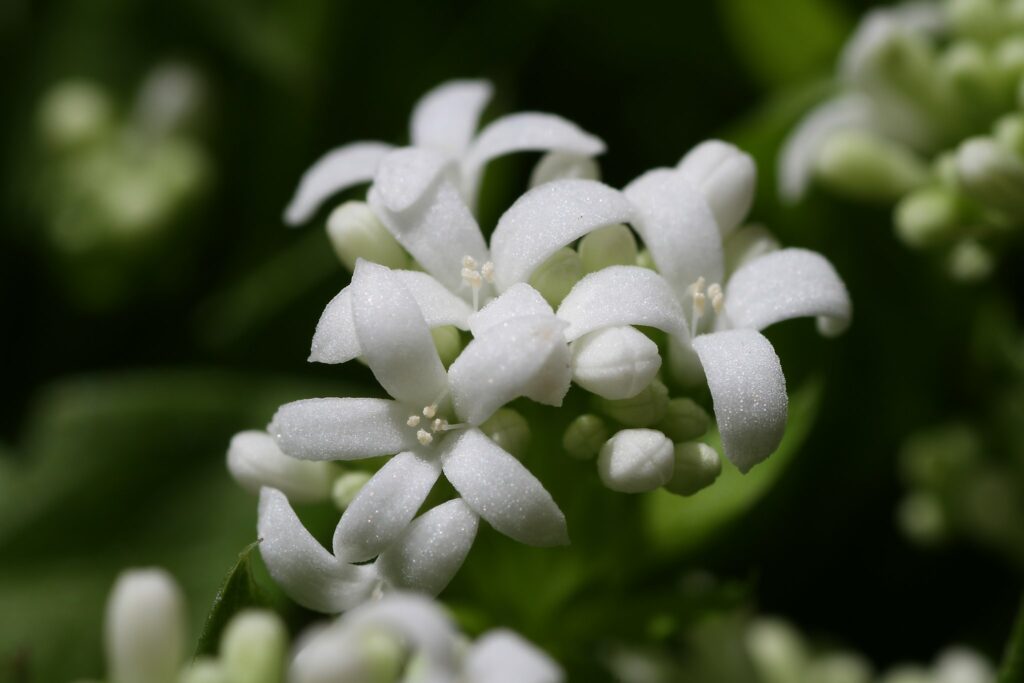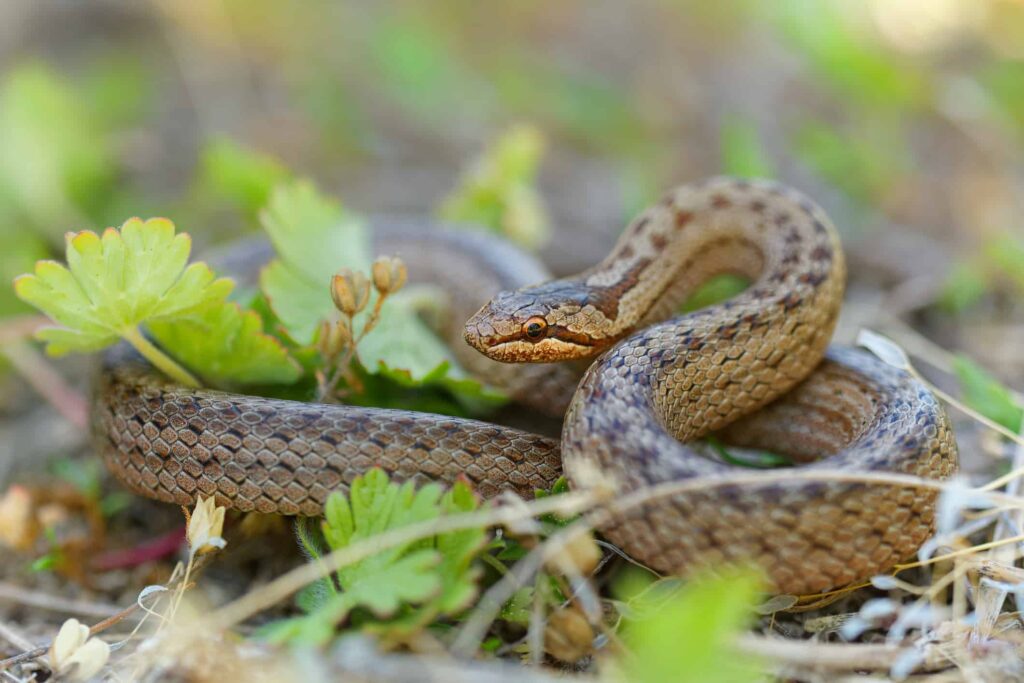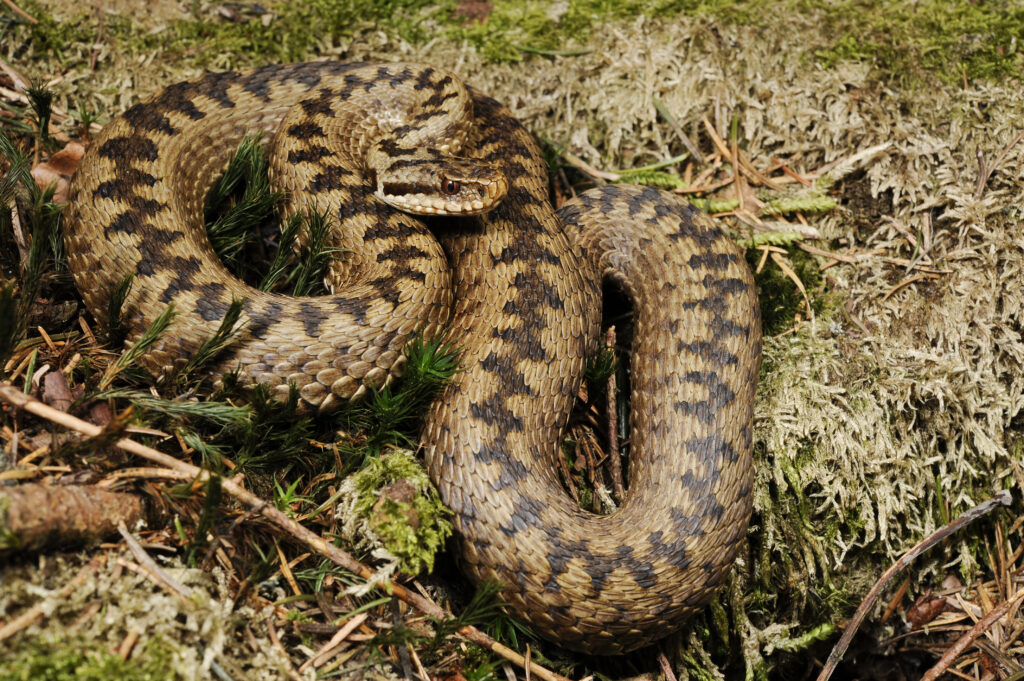Identifying The Types Of Deer In The UK
The United Kingdom is home to a diverse array of deer species, each with its unique characteristics and ecological significance. From the majestic Scottish Red Deer to the elusive Chinese Water Deer, these creatures captivate our imagination and play vital roles in the country’s ecosystems. In this comprehensive article, we will explore the fascinating features, […]
Identifying The Types Of Deer In The UK Read More »

